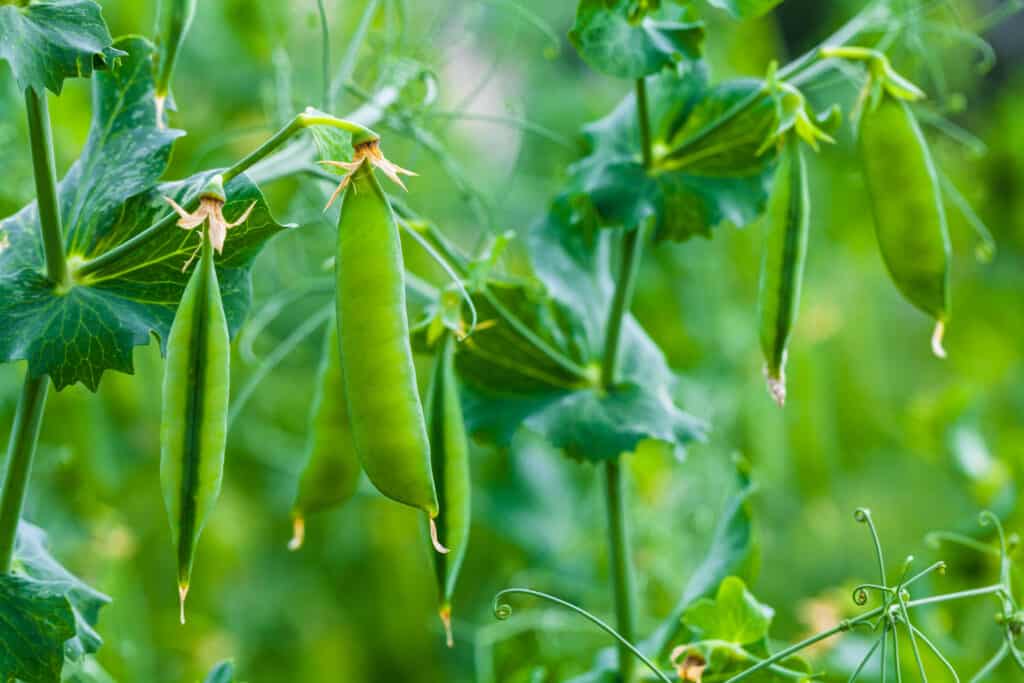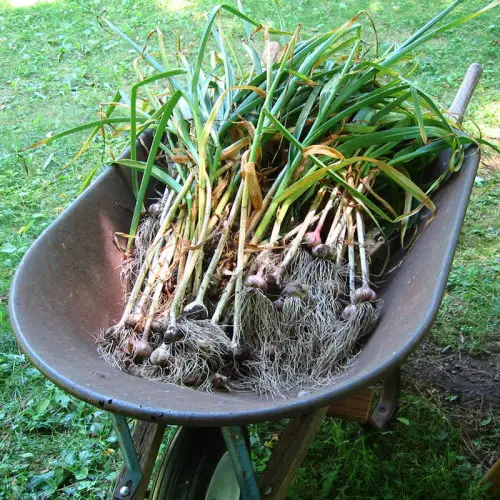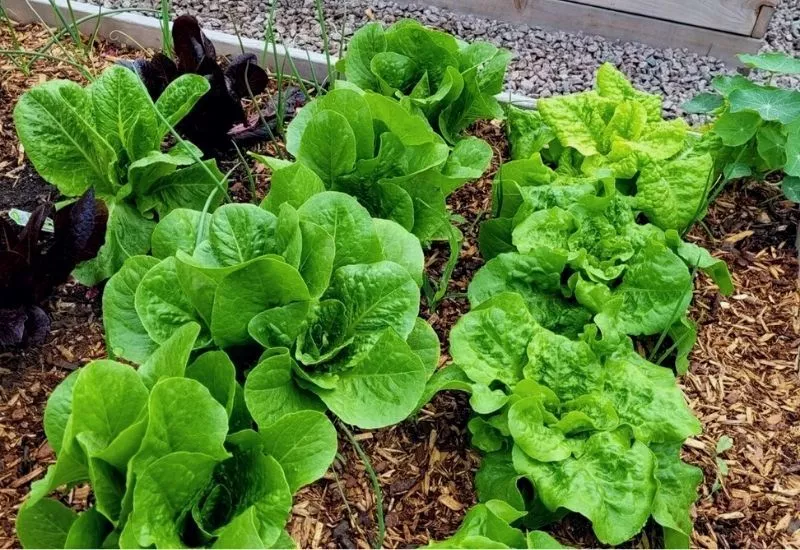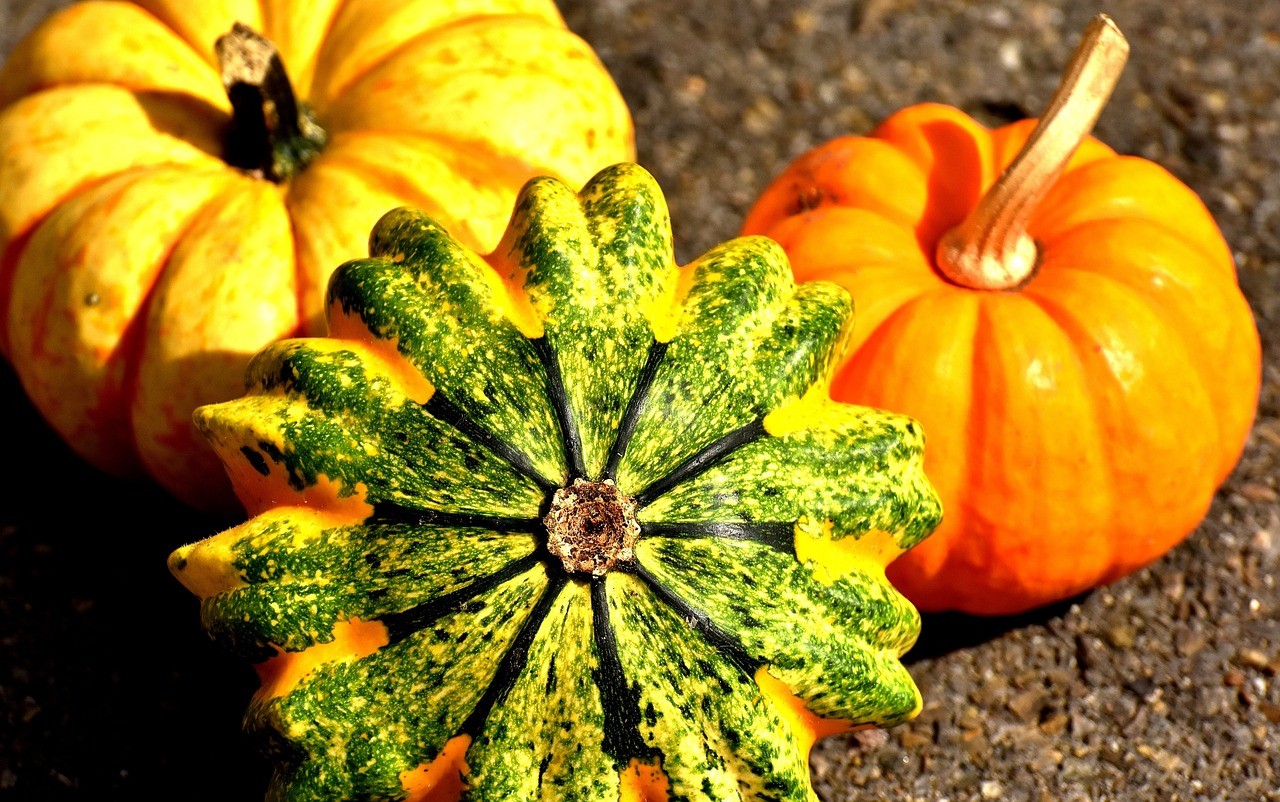Every plant is different and needs special conditions to grow to its full potential. Various kinds of vegetables need different amounts of sunlight or water. On top of that, they are not resistant to all the weather conditions.
However, there are plants that you can grow throughout the year, even in colder months. This way, you can stock your kitchen with vegetables that grow right on your doorstep continuously. Maybe it is because of the effort you put into it, but the vegetables you grow and harvest yourself taste better. Including fresh vegetables into your daily diet will also bring many benefits to your health and enrich your body with valuable vitamins and minerals.
It can also be advantageous for your budget. New seeds or young plants are not too expensive, and growing your vegetables will save you money for the ones from the supermarket. Additionally, it does not need to be difficult to get started. To make it easier for you, we put together growing tips for three kinds of vegetables you can harvest throughout the year.
Sweeten Your Days With Peas Straight From The Garden
Say goodbye to the frozen peas you used to get from the store. Growing your peas in the garden is not difficult and will taste much better. Whether you would like to snack on peas straight from the plant or use it as an ingredient in a delicious meal, you can rest assured that even if you do not have much gardening experience, you can bring fresh vegetables into your diet.

There are many kinds of peas that you can buy. You must pick the right type for your garden and the season you want to harvest the vegetables. To ensure that your efforts to grow vegetables are successful, you need to plant peas in the fertile ground anytime between spring and midsummer. Then, you need to support young plants with pea sticks, so they can wrap around them as they grow taller. After the plant starts to bloom, you should feed it with fertilizer every week.
You should be able to harvest the vegetables after around three months. Filling your home with fresh vegetables does not need to be complicated. All you need is a bit of patience and time. You also must carefully read all the instructions for your seeds or young plants. Research what conditions your type of peas needs and prepare for a successful harvest season.
Give Your Meals Some Kick With Garlic From Your Garden
Garlic is a regularly used ingredient in households all around the world. Not only does it make your meals even more delicious, but it is also very beneficial for your health. It is known to protect from illnesses such as the common cold. Growing garlic in your garden will give you the source of vitamins right on the doorstep.

It is known for garlic to do well in the Mediterranean climate. However, there are many kinds of garlic. If you pick a good variety and give it the right conditions, the chances of having a decent crop are high regardless of location. To succeed in your gardening efforts, garlic needs to have a long growing season. It is best to sow garlic in autumn through early winter to give it a chance to grow roots and shoots before the frost comes.
When you decide to plant garlic, it is best to get the cloves from a garden center or a certified provider. There are also many places like Basaltic Farms that offer organic garlic seeds for sale online. Garlic does not take up much space in the garden, and it takes only a little effort to get a good crop. As always, homegrown vegetables simply taste better than what you can buy in the supermarket. Add a dose of vitamins to your daily cooking and bask in the satisfaction of successfully harvesting vegetables you grow in your own garden.
Keep Your Salads Fresh With Lettuce
Lettuce is one of the vegetables that will never get lost in your kitchen. Whether you use it in salads or as a sandwich filling, the possibilities are endless. When you decide to grow your own lettuce, you can either pick leaf lettuce, ideal for green leaf salads, or head lettuce, such as Iceberg or Romaine.

Seeds are easily available in most stores and are inexpensive. If you do not feel confident enough to grow the plant from seed, you can pick up lettuce plants from a nursery, too. If kept in a greenhouse, you can grow lettuce all year round. Lettuce is also easy to grow in areas with cooler weather and can be planted in early spring or fall. Young plants can also survive a bit of frosty weather. And if you experience snow, you can cover the plants, and they should get out without any damage.
What makes the plant easy to grow is that it can be sown directly into the outdoor garden soil. A couple of weeks after you sow, go over the area and if any plants are clustered too closely together, thin them out because lettuce needs space to grow. To avoid having too much lettuce at the same time, plant them every two or three weeks in smaller crops. This way, you will have a bit of fresh lettuce coming into your kitchen for months.
Make Use Of What You Harvest
You might be wondering what to do with all the vegetables you harvest. There are many ways how you can utilize it in the kitchen. Using the vegetables in salads, soups, or simply as a side to your favorite dish will help you to keep your diet exciting and non-repetitive. You can also have some kinds of vegetables as a snack in between your meals straight from the garden.
However, if you cannot use all the vegetables, you can always share some with your friends and family. This way, you might save them from worrying about what to cook the next day and help them to improve their health at the same time. You can also freeze some of the vegetables and use them in your cooking within the next few months.
Growing your own vegetables does not need to be difficult. You just need to get started and then enjoy the feeling that you managed to lead the plant all the way to the harvest season. Start your research today and bring more fresh ingredients into your home.


